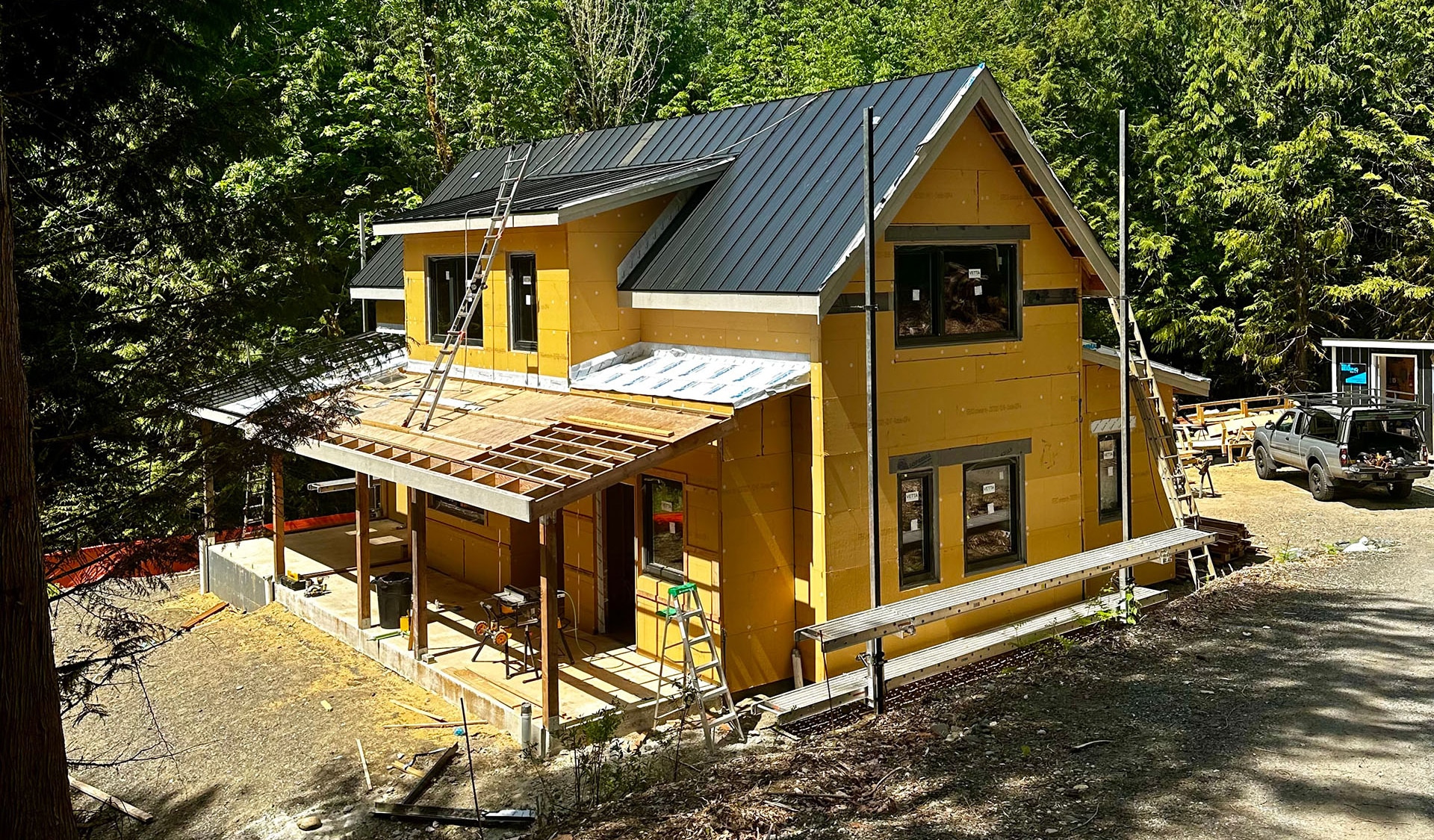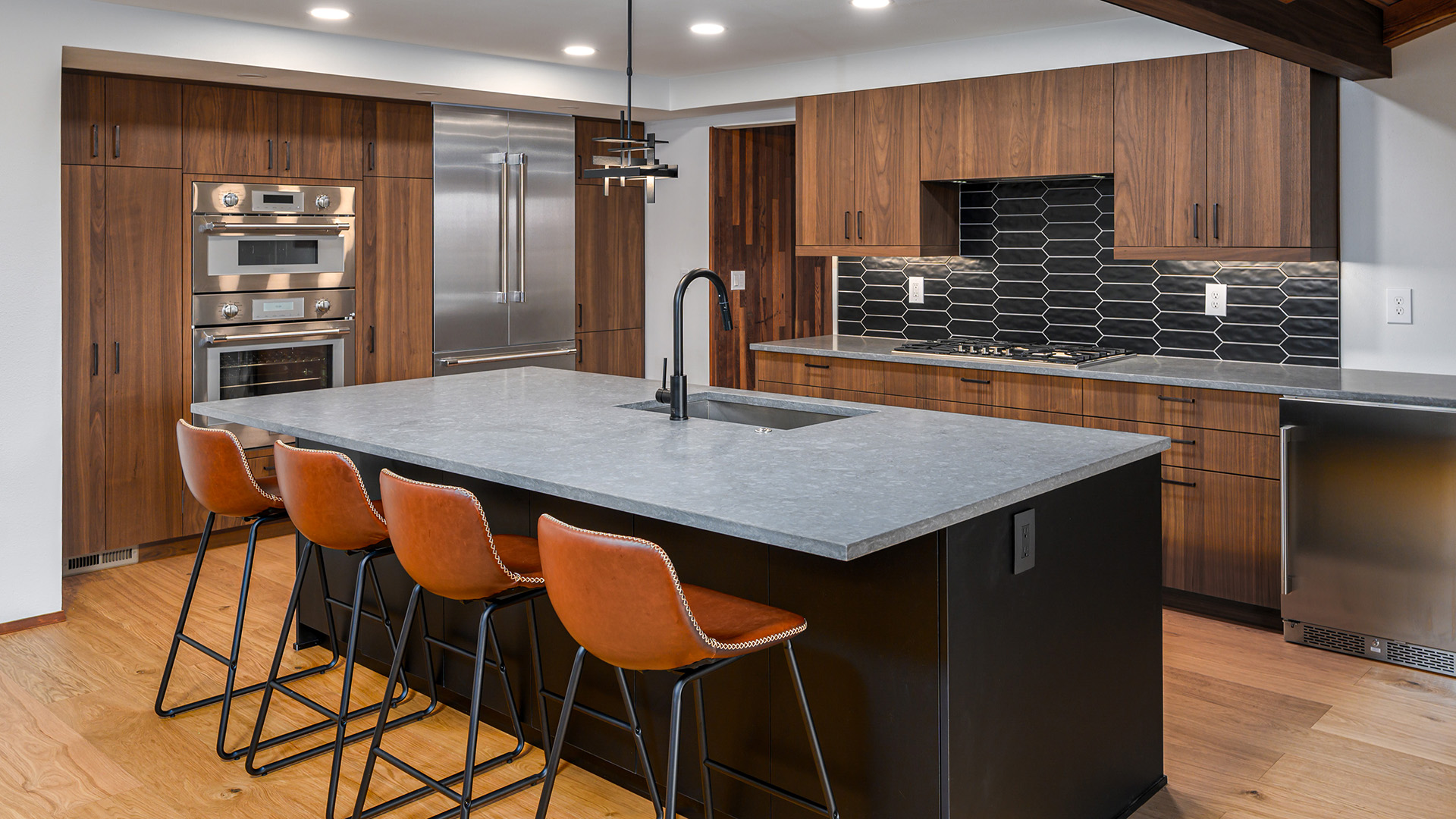Essential Tips for Winterizing Your Home in the Pacific Northwest
SHARE THIS POST

As the rainy season rolls into the Pacific Northwest, it’s time to prepare your home for the cooler months ahead.
Our region’s wet and chilly winters can cause long-term wear on your property, but by winterizing your home in an eco-friendly and sustainable way, you can not only protect your investment but also reduce your energy consumption and environmental impact. Below are some practical tips, with an emphasis on upgrades that promote sustainability and energy efficiency.
1. Inspect Your Roof
Your roof is one of the most important areas to inspect before winter. Look for missing or damaged shingles, as well as signs of moss, algae, or general wear and tear. Given our wet climate, moss buildup is especially common, so consider having your roof cleaned to prevent leaks. If your roof is nearing the end of its lifespan, consider upgrading to energy-efficient roofing materials such as cool roofs, which reflect more sunlight and absorb less heat, helping keep your home warmer during winter and cooler in summer. This is an investment that can pay off by reducing your heating and cooling costs year-round.
2. Seal Windows and Doors
Drafty windows and doors not only make your home uncomfortable but can significantly increase your heating bills. To minimize energy loss, replace worn or damaged weatherstripping around windows and doors. For extra insulation, consider using high-performance window films or adding thermal curtains to keep cold air at bay. If your windows are old and inefficient, this may be a good time to upgrade to energy-efficient models. Look for windows with Low-E glass coatings, which improve insulation and reduce heat transfer, helping your home stay warmer with less energy.
3. Insulate Pipes
Frozen pipes are a costly and frustrating problem, but they’re easily preventable with proper insulation. Insulating pipes in unheated areas like basements, crawl spaces, and attics can prevent freezing and bursting, potentially saving you from expensive repairs. For a more eco-friendly option, choose sustainable pipe insulation materials such as recycled denim or cotton-based products, which are both effective and environmentally responsible.
4. Check Your Heating System
Before the temperatures drop, schedule a professional inspection to ensure your heating system is running efficiently. Consider upgrading to an energy-efficient furnace or heat pump that uses less energy to heat your home. A smart, programmable thermostat is another sustainable upgrade that can optimize your heating schedule, ensuring that your home is warm when you need it and conserving energy when you don’t. Regular maintenance, such as changing your furnace filters, will also help your system run more efficiently, reducing energy consumption.
5. Check Smoke and Carbon Monoxide Detectors
With heating systems running more frequently, it’s essential to ensure that your smoke and carbon monoxide detectors are functioning properly. Test your detectors and replace the batteries as needed. For a more sustainable choice, opt for long-life lithium batteries, which last longer and reduce waste. There are also carbon monoxide detectors available with smart technology that can notify you of any issues via your smartphone, helping you stay on top of home safety in an eco-conscious way.
By incorporating these tips and considering eco-friendly alternatives, you can keep your home warm and comfortable while minimizing environmental impact. If you’re interested in making any of these upgrades or need assistance with your winter preparation, reach out to our team of experts – we’re here to help you stay cozy, safe, and sustainable this winter!









